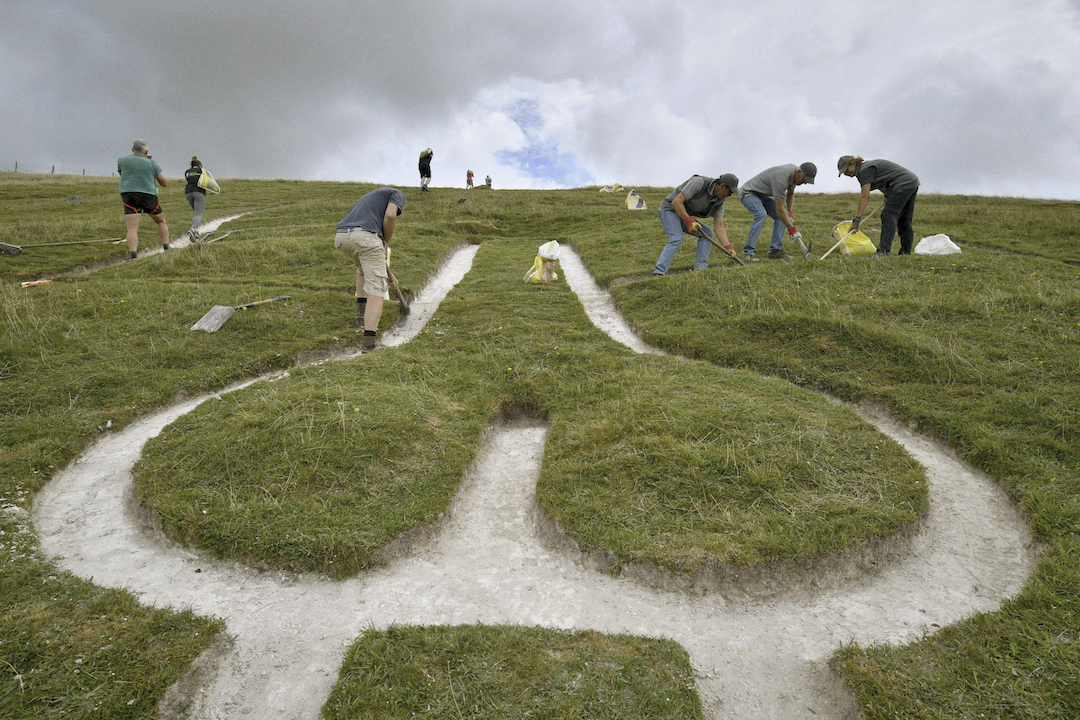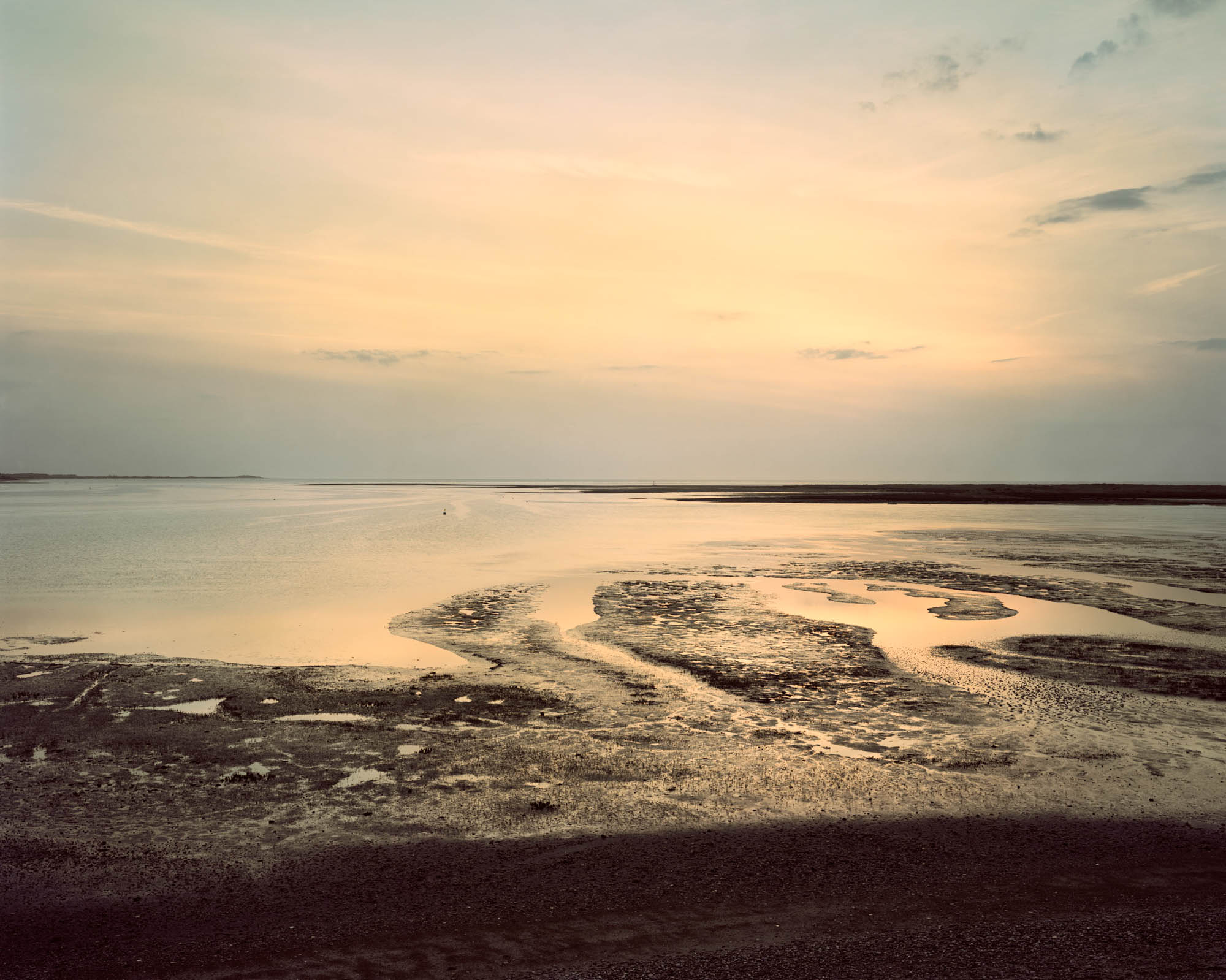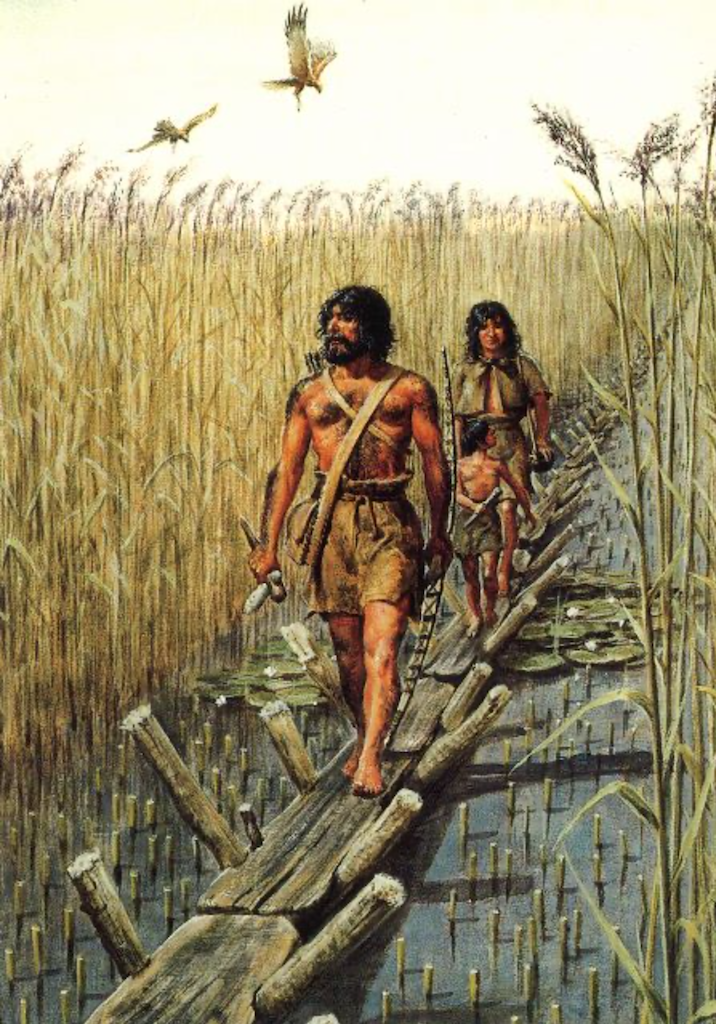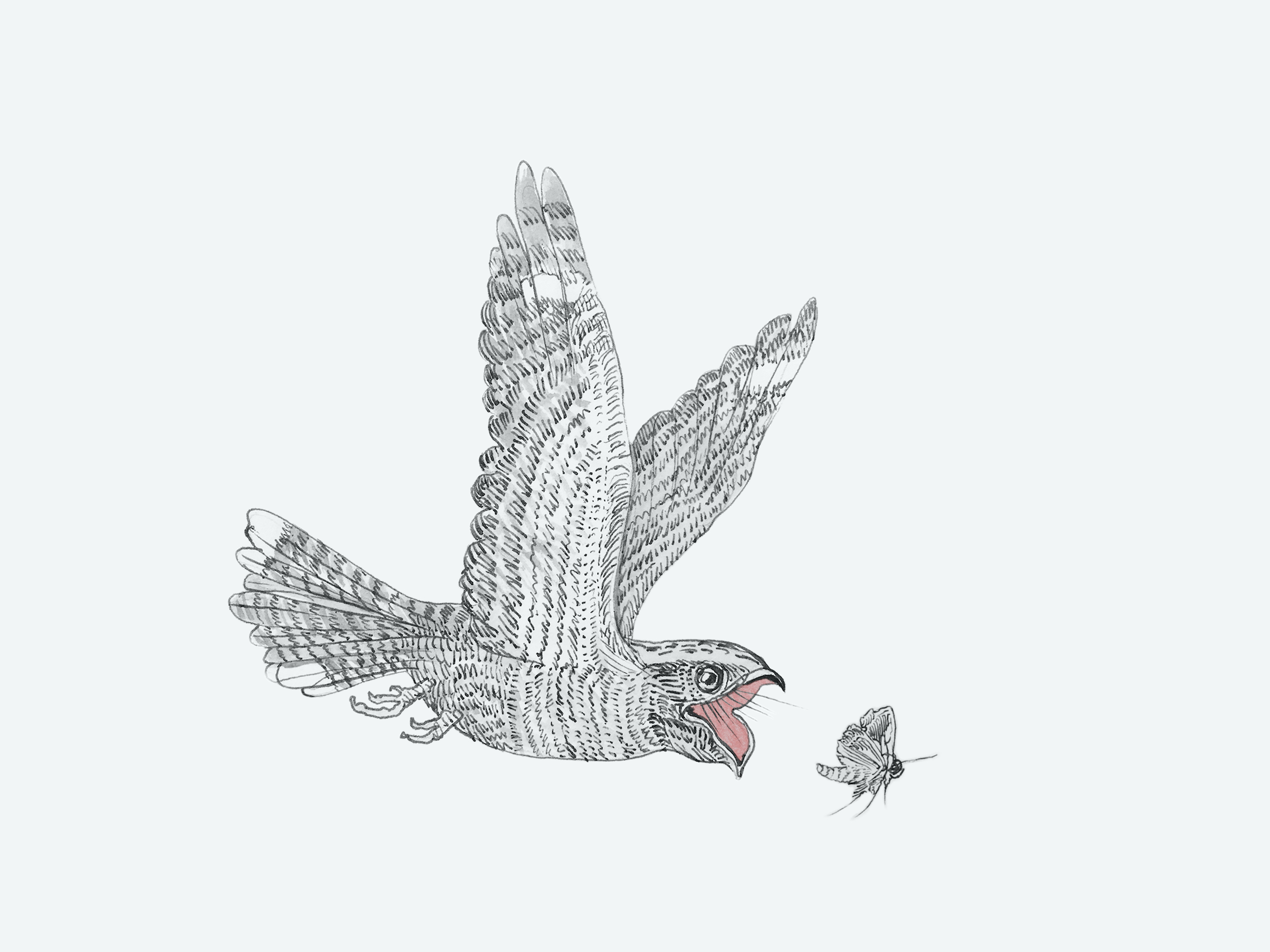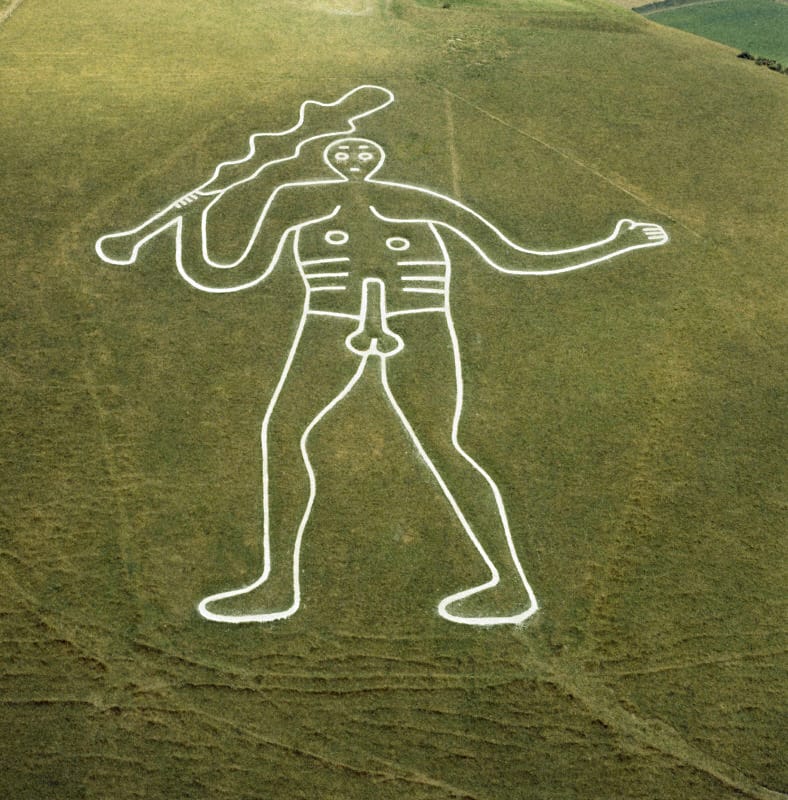
This rude and ribald figure overlooks the tidy village of Cerne Abbas. For many years there has been speculation about his origins but can we finally see the wood for the trees?
‘Residents in the village of Cerne Abbas were shocked to see the drastic change in the landscape’, said The Sun newspaper after the giant’s 35 foot genitals were covered with a flower to celebrate international women’s day in 2017. This grand old man of Dorset has seen a lot of tomfoolery over the last few years. ‘Theresa’ was spelt out along the length of his penis in 2017. How lovely for Theresa wherever she may be. A month later the giant was seen holding a tennis racket on behalf of a betting company. Other antics have given him a moustache for Movember, a mankini to promote a Borat film and a giant condom for the family planning association. Perhaps the best stunt of the lot, was in 1994 when the girls from the posh Sussex school, Rodean, recreated the giant on their playing field the day before their annual sports day!
The giant was made by cutting shallow trenches into the hillside turf and then backfilling with crushed chalk rubble. He’s 55 metres high and is both clavigerous (bearing a club) and ithyphallic (a statue bearing a penis). Grazing sheep do most of the maintenance work but every decade or so he has been re-chalked. It takes 60 people nine days, using 20 tonnes of chalk. There’s a mention in the local churchwarden’s accounts of payment for cleaning it in 1694. As the 1st written record of the giant’s existence, some believe this could be a clue to his creation date but it took 4000 years for Stonehenge to be mentioned in writing so maybe not. Another theory suggests the Iron Age since he sits just beneath a hill fort of that period.
There’s been as much debate about who he is. A deity of the ancient Britons, a caricature of a despised local abbot or a parody of Cromwell? Many people think he might be a Romano-British representation of Hercules since he used to have a lion’s skin casually draped over his arm. Other chalk works in Southern England were created anywhere between the late Bronze Age and the 19th century. So that’s clear as mud then.
Unsurprisingly its purpose is also unknown. The fertility connection seems pretty strong. Having sex on top of him is a supposedly good cure for infertility, especially sex on top of the penis. Much cheaper than IVF. The 6th Marquess of Bath went down this route and a child was born 10 months later with the godfather listed as G.Cerne. Maybe the giant is a signpost to something long gone, like those old trailers you see in fields by the motorway advertising new kitchens. Locals do say it keeps the village shop going with its pulling power on tourists. Or was it just the work of idle and mischievous hands? It feels much more vital than that. After all these years, this giant still has a power that is particular to some folk art.
What is clear is that his penis was enlarged when it was merged with his belly button in the early 20th century. Experts have stated that his original unmodified member was in proportion to a normal sized penis. Even so, it was still erect and public and there aren’t many representations of rampant penises in British art. The press has always delighted in him, one recent headline in the Metro read; ‘Volunteers polish giant’s erection by hand’. We have turned this wonderful work into a Benny Hill meets Viz joke. It’s easy to make a cock gag though and we’re doing it because we’re British and that’s what British people do! Did the ancient Britons share that humour?
Stop press, there has recently been a big development in revealing the giant’s past through the use of optically stimulated bioluminescence. This is a new technique that measures the amount of nuclear radiation since a sample of sediment was last exposed to the air. In April 2021 the results revealed the giant to have been made in a date range of 700AD to 1100AD. Whether this is the last word of science is unclear.
Jonathan Still, the vicar of Cerne Abbas church said recently; ‘The giant is absolutely essential to what this place is, and who these people are’. Despite the mystery surrounding his creation, maybe we’d rather not have the truth revealed. At least he still has an evolving role, even though he has been fiddled with by advertisers.
The best spot to see him in all his glory is from the Giant’s View lay-by and car park off the A352. There are usually buzzards circling above and at least a couple of older folk sat on the bench, admiring his size over a flask of tea.
